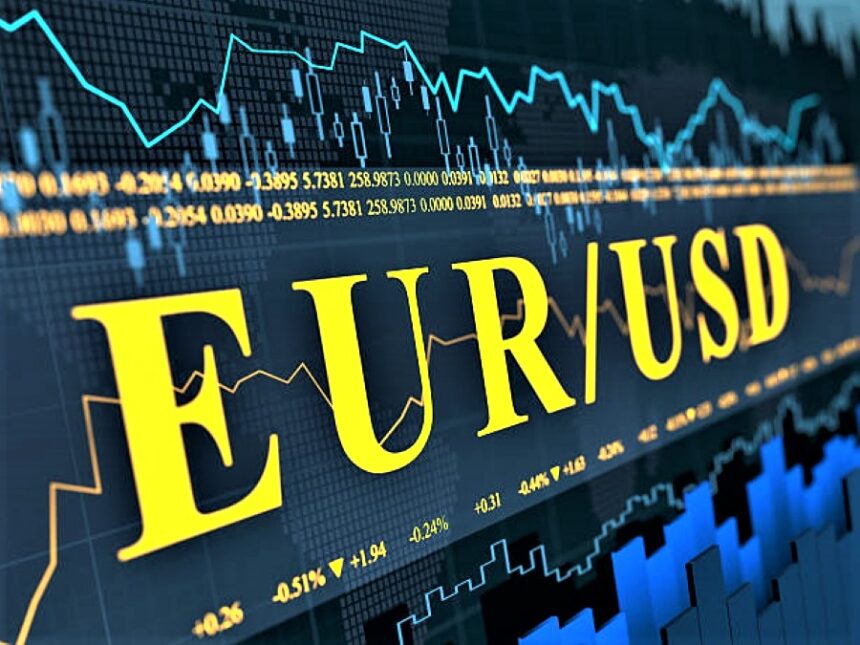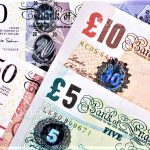EURUSD falls to about 1.0450 as the US Dollar recovers after Fed policymakers indicated that there is no need to make policy changes for the time being.
The EURUSD fell to roughly 1.0450 in Tuesday’s North American session after failing to hold above the psychological resistance of 1.0500 in the previous two trading days. The major currency pair falls due to weakness in the Euro (EUR).
The ECB’s Nagel cautioned that President Trump’s tariffs will make Germany more vulnerable.
The situation for the common currency is uncertain, as European Central Bank (ECB) policymaker and Bundesbank President Joachim Nagel has cautioned that the United States Tariffs could have an impact on Germany’s economic future, which has already seen two years of economic recession.
“Our strong export orientation makes us particularly vulnerable,” Nagel stated during his remarks at the Union International Club’s Speaker’s Luncheon Monday. He also stated that the economic production in 2027 would be over 1.5% lower than their previous prediction. Currently, the Bundesbank expects the German economy to increase by 0.2% this year and 0.8% in 2026.
Fears about US tariffs on Germany grew after US President Donald Trump indicated over the weekend that he intends to slap taxes on imported autos beginning around April 2. According to OEC data, the German economy exported $24.3 billion worth of automobiles to the United States in 2023 The Eurozone ZEW Economic Sentiment Index in February came in at 24.2, slightly lower than market expectations of 24.3.
Daily Market Update: ECB expected to cut interest rates three times this year, limiting the EURUSD upside.
Bids are near a two-month low and have recovered to around 107.00 as of press time.
As investors factor in predictions that the Federal Reserve (Fed) would retain interest rates in the present level of 4.25%-4.50% for an extended period of time, the US dollar gains buying power. On Monday, a number of Fed officials emphasized that monetary policy did not need to be modify in the current environment.
Fed Governor Michelle Bowman stated in her prepared remarks at the American Bankers Association conference that she wants to have “greater confidence” that progress in decreasing inflation would “continue” as we contemplate making additional adjustments. Bowman stated that a constant interest rate attitude for now also allows the time to study more “indicators of economic activity” and get further Details regarding the “administration’s policies and their effects on the economy.”
Meanwhile, Philadelphia Fed President Patrick Harker stated that there are “reasons” enough to keep the “policy rate steady right now,” such as robust economic growth, a balanced job market, and persistently high inflationary pressures. Harker did not provide a timeline, but he was confident that inflation will subside over time.
Investors are awaiting the FOMC minutes, which will be issued on Wednesday.
Investors will seek for fresh clues regarding the monetary policy outlook in the Federal Open Market Committee (FOMC) minutes from the January policy meeting, which will be issued on Wednesday. During the policy meeting, the Fed declared a halt in the monetary easing cycle that began in September. Fed Chair Jerome Powell indicated that monetary policy tweaks would be appropriate only if officials saw “genuine “Progress in inflation or, at the very least, some labor market weakness.”









